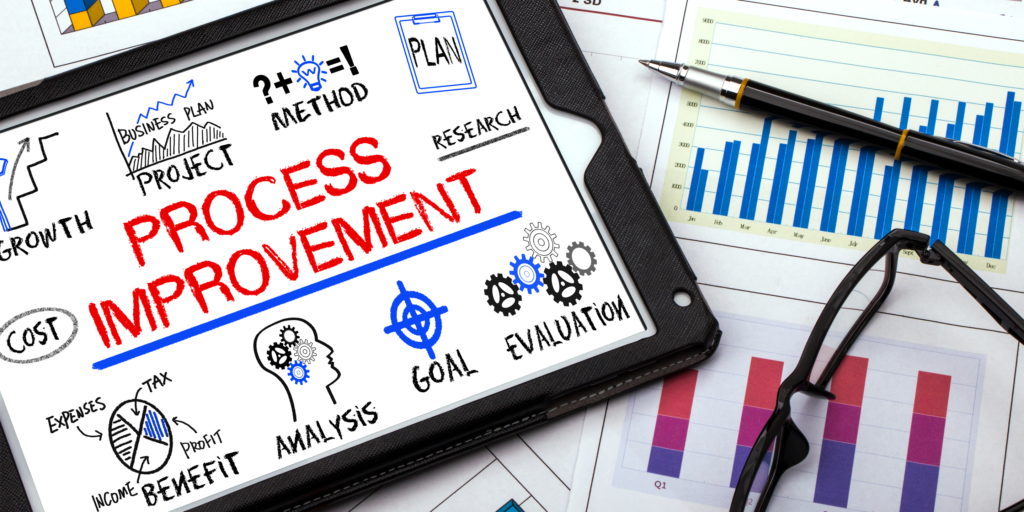
I’ve worked with a large variety of clients at different stages of maturity in using marketing technology. One of the most interesting – and difficult – points comes when you reach the point where all of the basics of marketing automation are in place, but now you need to optimize what you’ve built to achieve higher performance levels.
It is a difficult transition: you’re moving from just turning the lights on with new tools, processes and methods to the advanced phase of optimizing those programs to get the maximum results. Software developers are used to the idea of building out a version and then working on it to continually optimize and add features. Marketing, however, is usually based around the concept of a campaign with a distinct starting and ending. Of course, the rapid proliferation of marketing technology is forcing marketers to adopt both of these concepts. You have to adjust your approach, from building a campaign or program with a distinct ending to managing an always-on set of programs with no definitive end point.
Unfortunately, due to increased demands to show ROI on marketing technology tools and demand generation programs, the optimization phase is creeping earlier and earlier, infringing on the time we used to have just to get the basics in place. So marketing managers have to contend with implementing new tools, technology, and processes at the same time they are being asked to change the way they work.
How do you start to make the transition?
After getting basic programs such as a Lead Management Framework, Lead Scoring, and Lead Nurturing in place, the next step is analysis to determine how effective they are. This analysis inevitably leads to looking at how to make them better. There are always points to tweak to increase performance.
It’s when you go beyond point-in-time analysis into continuous monitoring and adjustment that you rapidly get into optimization. Then what do you do?
Process vs Tactics
Optimization is more than just a set of tactics. For example, A/B testing is a tactic, not a process. Tactics address individual levers to adjust your programs; process addresses the overall movement towards a SMART – Specific, Measurable, Achievable, Relevant, Time-based – goal.
The first key step is to break out the overall goal, oriented to the overall business objectives and results goals for the area. Beyond the benefits of keeping everyone on the same track, establishing this overall goal is very necessary to guide what will become a very fluid implementation of different optimization tactics.
Why do I say “fluid”? Because, most of the time, despite the best laid plans of mice and men, a set of tests will yield either different results from what was expected or no results at all. When you get unexpected results, having that overall optimization goal can guide your next step.
As an example, in helping a client to run some tests on a pay-per-click campaign, the first test we ran was inconclusive. We had laid out a series of five tests that built upon each other and the second test was already being set up to launch right after the first one was done. Without conclusive results, we had to revise the entire testing plan. But because we had defined the overall objective regarding the leads we were trying to optimize out of the campaign, we were able to apply the learnings we did get from the test and revise the following tests to validate and further optimize them.
After specifying your goal, identify the levers you have to work with. For example, in optimizing an email campaign for clickthroughs, you have the list you’re sending to, ‘from’ address, subject, preview/pre-header text, email design, CTA, email copy, etc.
All of these levers influence each other too. For example, I’ve seen subject line tests that dramatically increase open rates, but decrease clickthroughs because the subject line didn’t relate well to the CTA. So when looking at the results of your tests, be aware of how the different levers interact with each other.
After setting the goal and identifying the levers you have, make sure to get an idea of the traffic: whether it is webpage views, email sends, and so on that you have available to test your different changes. This traffic probably has the biggest impact on your tactics and specifications for tests.
Ultimately, optimization is systematically identifying areas to adjust, making those adjustments, and measuring whether they got you closer to your goal. So you need traffic to see what happens after you’ve made changes. How much traffic you have is the largest factor I have seen to determine the mix and volume of tests and tactics in an optimization program.
Running a continuous optimization program involves many other key elements such as which metrics to use, documentation, resources available, and more. All of these elements fit together to optimize the performance of your programs.
Once you’ve embarked on this journey, are you ever done optimizing?
Yes. And no.
Yes, because you should be able to achieve a goal and finish optimizing for a certain conversion point or program. And, in the B2B space, I haven’t seen a client yet with unlimited resources (or the traffic) to continually optimize a single conversion point.
And no. . .because there is always something else to optimize!
So embrace your always-on programs and continuous optimization, and get the performance you want.
 Ryan Johnson develops and implements marketing automation strategies for DemandGen clients, helping them to streamline and optimize their marketing and sales processes to drive success.
Ryan Johnson develops and implements marketing automation strategies for DemandGen clients, helping them to streamline and optimize their marketing and sales processes to drive success.
The post Optimization is more than just a bag of tactics. . .you’ve got to have a process appeared first on DemandGen.
About the Author
More Content by DemandGen


















